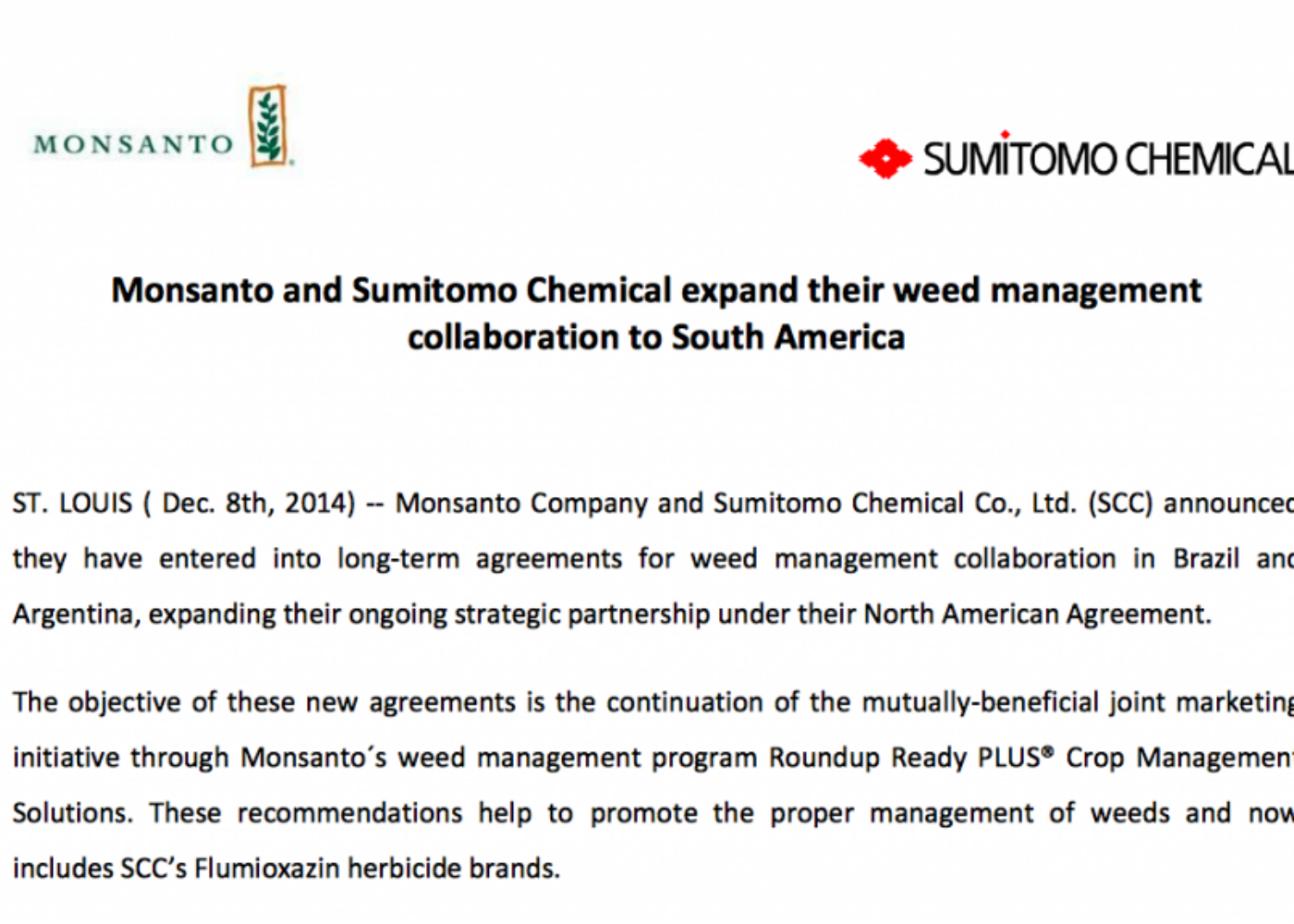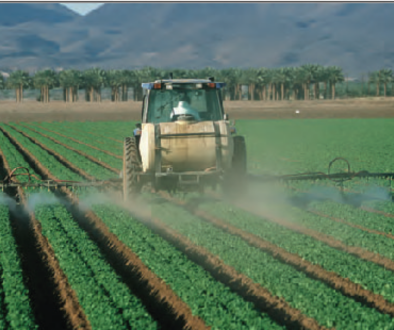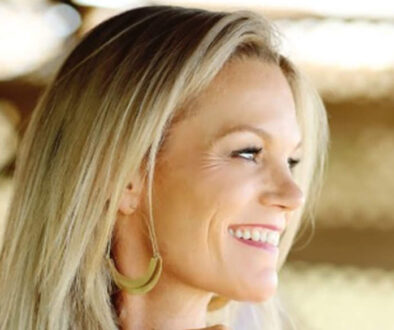The Hot Mess in Brazil

The South American country is all over the news right now, with stories of health official suspending the use of a mosquito larvicide that Argentine doctors think may be responsible for the surge in microcephaly cases in newborns.
Brazil first made head lines last fall when the Zika virus began to spread there. The country made headlines again when genetically modified mosquitos were released to try to control it.
And now, they are making headlines again, as doctors suggest that microcephaly, the conditions impacting newborns, is instead linked to a pesticide/larvicide that was put into the water.
You have to wonder why it feels like the wild west when it comes to unleashing these products.
A quick look at some numbers tells a story:
According to Forbes, Brazil’s economy hasn’t been this bad since the 1930s.
“The country is facing its worst economic crisis since the Great Depression in the United States.”
Inflation is over 10.6%.
The president is Dilma Rousseff is in the midst of an impeachment scandal, according to Reuters.
“The economic, political and fiscal outlooks in Brazil have “deteriorated significantly” in the past few months, according to Barclays Capital analysts led by economist Bruno Rovai in New York,” reports Forbes
The state-run oil firm Petrobras has been embroiled in a corruption scandal that has led to a political paralysis.
Brazil’s economy is expected to contract by around 2.6% this year, and higher interest rates worsen the situation.
Brazil is the world’s largest pesticide consumer, leading the global consumption of agrochemicals.
On top of that, Brazil is hosting the Olympic Summer Games in Rio this year.
It’s a hot mess.
According to the Wall Street Journal, Argentine doctors’ group says a pesticide, not Zika, may be causing the microcephaly outbreak in Brazil. When an article appeared in the press last week suggesting this link, Monsanto was quick to jump in clarifying that they did not own Sumitomo but that the company is one of their business partners.
And while financial terms of that relationship were not disclosed, since 2008, Brazil has been leading the global consumption of agrochemicals, a position previously occupied by the U.S.
In other words, a large percentage of Monsanto’s agrochemical revenue comes from the region.
Brazil is the world’s largest pesticide consumer. The Ministry of Health coordinates the National Drinking Water Quality Surveillance Program (Vigiagua) with the objective to monitor water quality. Brazilian drinking water norm (Ordinance 2914/2011 from Ministry of Health) includes 27 pesticide active ingredients that need to be monitored every 6 months.
A beverage company needs to jump on this ahead of the Summer Olympics. Maybe Oscar Blues Brewery that shipped water to Flint Michigan can also sponsor water for our Olympic athletes heading to Brazil.
And while Monsanto is quick to claim that they have nothing to do with the Zika virus, their financial and business relationships with Sumitomo, the chemical company making pyriproxyfen, the pesticide just banned in a state of Brazil, has everyone from the Wall Street Journal to Common Dreams talking.
Where does the use of this pesticide stand here in the U.S.? It is undergoing a registration review by the EPA. The review began in 2011. An answer is expected in 2017.
Medardo Ávila Vazquez, a pediatrician and neonatal development specialist at the Universidad de Córdoba, that has questioned the pesticide highlights that the increased chemical use in countries like Brazil an Argentina mask a bigger problem.
“Massive spraying accentuate the problem, the larvae are everywhere. Only 40% of adult mosquitoes are hit by massive spraying and in those low times the density of gnats in ability to bite us, but within 48 hours the mosquito population is restored with the maturation of the larvae that are not reached by the spraying“Climate change, floods, widespread pesticide that killed biodiversity use, allowed the proliferation of mosquitoes by generating ecological niches in which they advanced.”
If Brazil’s political process is anything like ours when it comes to reviewing the risks associated with these products, it may be some time before we have answers.
But any minute, you can expect another group of doctors to appear in the press, refuting the concerns of this neonatal development specialist.
Pesticides are a big part of Brazil’s and Monsanto’s business model, either directly or through partnerships like the one they have with Sumitomo Chemical Company. In January 2016, Monsanto reported that sales in the company’s agricultural productivity segment, which includes its Roundup weed killer, fell to $820 million from $1.25 billion a year earlier.
The South American agrochemicals market is estimated to grow at a CAGR of 5.3% in 2015-2020 period. Brazil is the largest country in the region consuming around 40-50% of total agrochemicals.
We are in the early stages of this game, and in for a few innings of “he said/she said” science, before this score is settled.
To suspend the use of this pesticide, given what is happening to babies in the area, like the pediatric and neonatal specialists are calling for, is a precautionary move that parents around the world can relate to.
Sources: Pesticides in Drinking Water http://journal.frontiersin.org/article/10.3389/fpubh.2015.00246/full
EPA Pending Review of Pyriproxyfen http://1.usa.gov/20B7Nkf
South America Agrochemical Market http://www.mordorintelligence.com/industry-reports/south-america-agrochemicals-market





